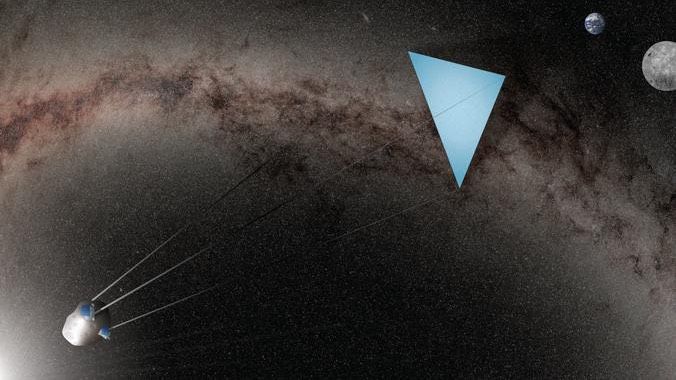HONOLULU — Doing his very best MacGyver impersonation, University of Hawaii astronomer Istvan Szapudi has devised a novel approach for addressing Earth’s rapid warming.
All he needs is a 35,000-ton shield.
And an asteroid.
In his paper “Solar Radiation Management with a Tethered Sun Shield,” published in the Proceedings of the National Academy of Sciences, Szapudi proposes deploying a massive solar shield made from cutting-edge lightweight materials and counterbalanced by a captured asteroid to reduce the amount of sunlight that reaches Earth.
“In Hawaii, many use an umbrella to block the sunlight as they walk about during the day,” Szapudi said. “I was thinking, could we do the same for Earth and thereby mitigate the impending catastrophe of climate change?”
The logic is simple: Shading the Earth from a fraction — 1.7% or so — of the sun’s light would prevent a catastrophic rise in global temperatures.
Variations of the idea have been proposed before, but the massive weight such a shield would need to be in order to balance gravitational forces and prevent solar-radiation pressure from blowing it away had always been unfeasible.
Szapudi’s proposal overcomes two main obstacles. A shield with a tethered counterbalance (versus a more massive shield) would reduce the overall mass by more than 100 times. Also, using a captured asteroid to serve as that counterweight would mean that all of that mass would already be in space and would not need to be launched from Earth.
Overall, the shield and counterweight would weigh about 3.5 million tons, a hundred times lighter than earlier estimates for an untethered shield. This still-considerable weight is beyond current capabilities (the largest rockets can only lift about 50 tons into low orbit), but newer, lighter materials could reduce that weight.
Engineering studies using this approach could start now to create a workable design that could mitigate climate change within decades.



